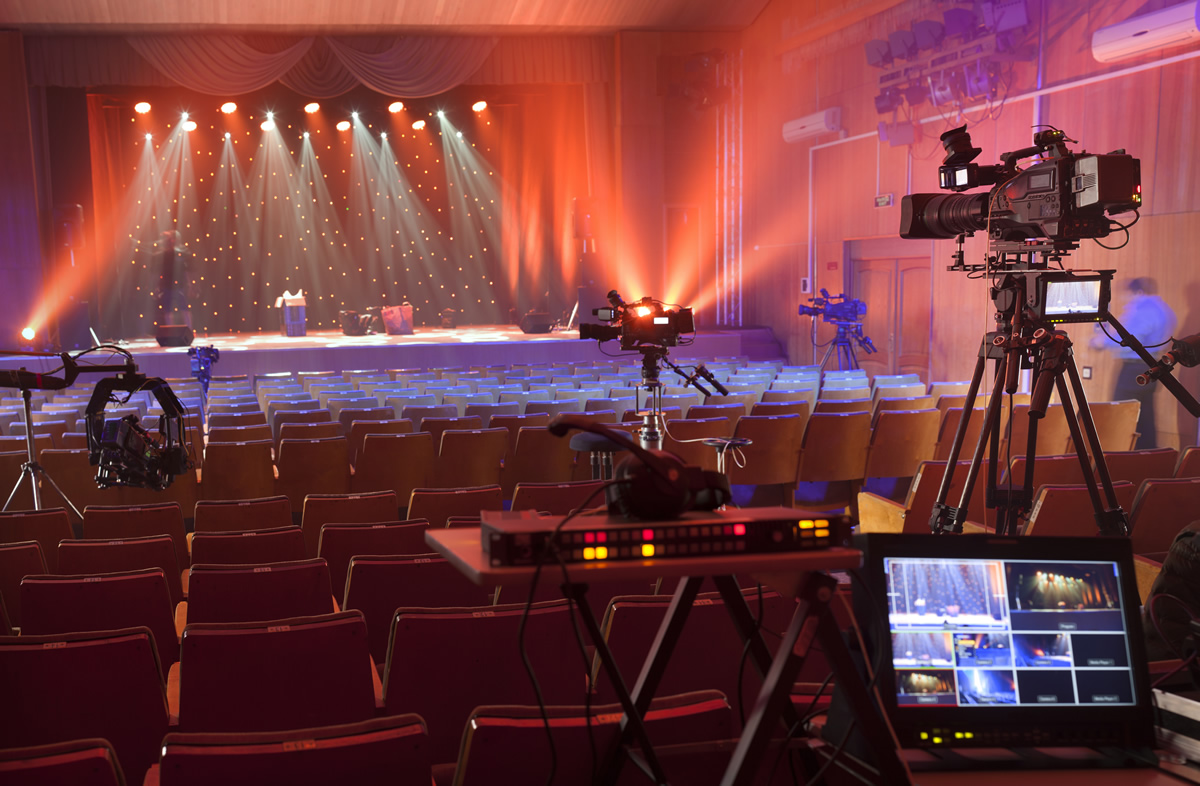Illuminating the Impact of Illumination Methods on the Craft of Film Projection Mapping Techniques
Illuminating the Impact of Illumination Methods on the Craft of Film Projection Mapping Techniques
Blog Article
Motion projection mapping is an exciting creative medium that combines tech and creativity to convert common surfaces into remarkable visual exhibits. This technique entails casting graphics and footage onto three-dimensional objects, such as buildings, sculptures, or platforms. One of the key significant factors in creating effective projection is the use of effective lighting techniques. Proper illumination enhances the aesthetic elements of the display and guarantees that the visuals are crisp and engaging. This article explores the influence of lighting techniques on motion projection and how they can enhance the overall experience.
Lighting plays a vital part in video projection because it sets the mood and feel of the exhibit. Different illumination techniques can elicit various emotions and reactions from the viewers. For example, using gentle, warm illumination can create a inviting atmosphere, while bright, cold lights may create a more dynamic or dramatic effect. By carefully selecting light colors and brightness, creators can influence how viewers interpret the displayed images, leading to a more immersive encounter. The balance between mapping brightness and ambient illumination is crucial, as it can significantly Related Site impact the visibility and effect of the visuals.
In addition, hue and intensity, the angle of illumination also affects the efficacy of mapping. Lighting from different directions can generate shadows and highlights that introduce dimension to the projected images. This technique, known as light and shadow, can improve the three-dimensionality of the subjects being projected. Additionally, using moving illumination can introduce dynamism to the display, making the experience more engaging for the audience. When the light collides with the mapped images, it can produce an effect of motion and change, capturing the audience's focus.
Another essential aspect of lighting in mapping in the use of special effects. Techniques such as gobo lighting, which uses shapes and forms to project light, can introduce depth and intricacy to the navigate to this website projections. This method allows creators to superimpose images and produce aesthetically captivating results that enhance the projection. Additionally, incorporating laser lights or LED lights can further improve the display, offering a unique mix of sight elements that draw the audience in. These special effects, when used thoughtfully, can elevate the projection beyond a simple display to an engaging piece of creativity.
In summary, the influence of lighting techniques on video mapping is significant. By understanding how various illumination components connect with mapped visuals, artists can produce captivating experiences that resonate with viewers. The careful selection of hue, brightness, angle, and unique effects enables for a vivid tapestry of sight storytelling. As technology continues to grow, the options for artistic showcasing in projection will only grow, making lighting an ever-important aspect in this progressive art form.